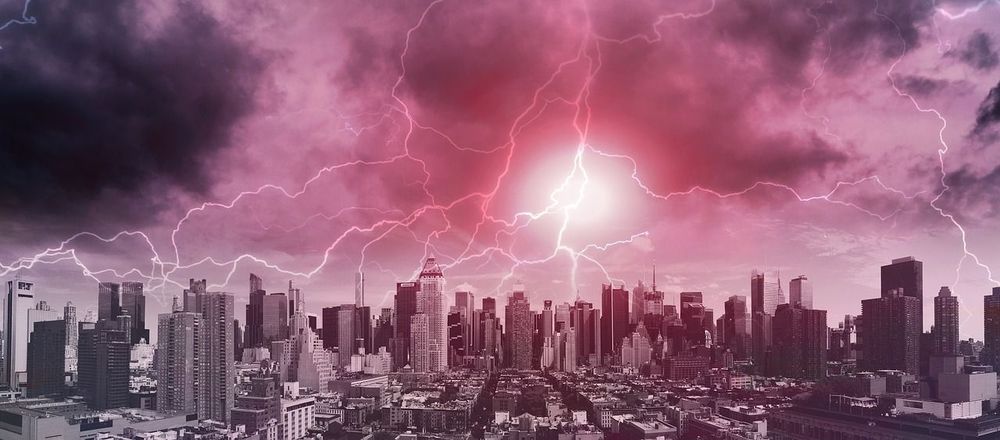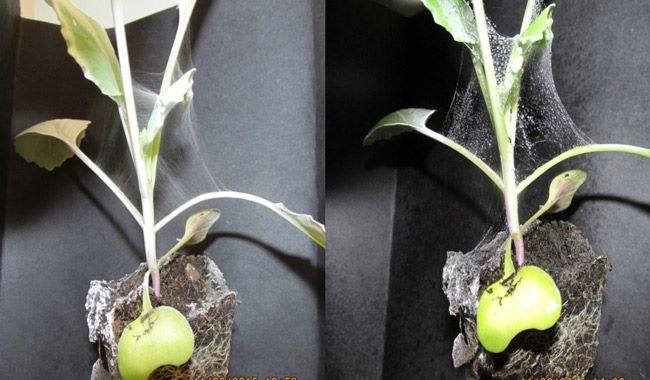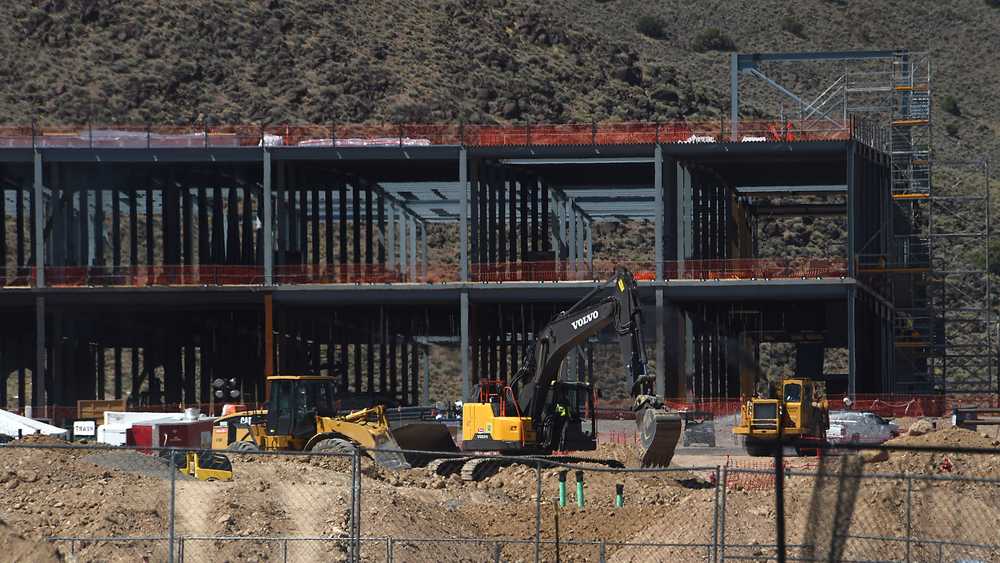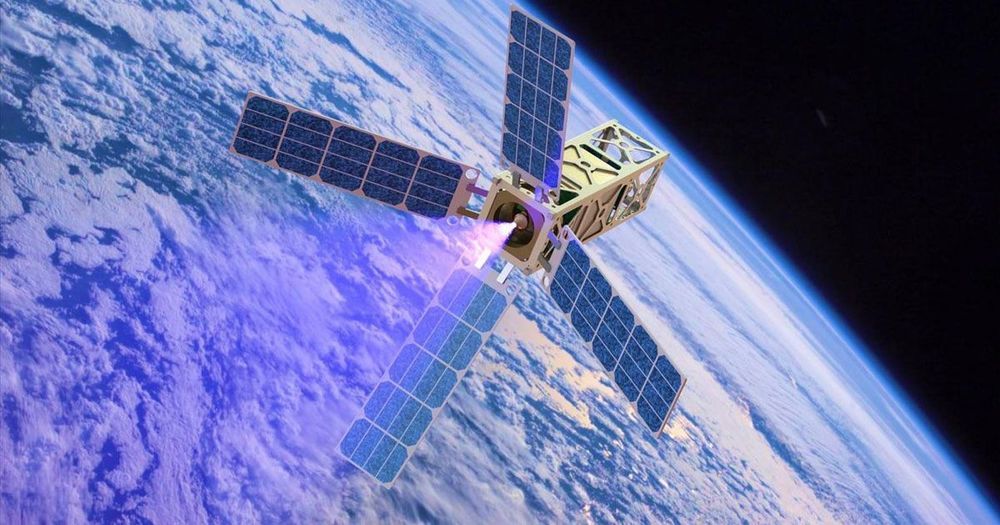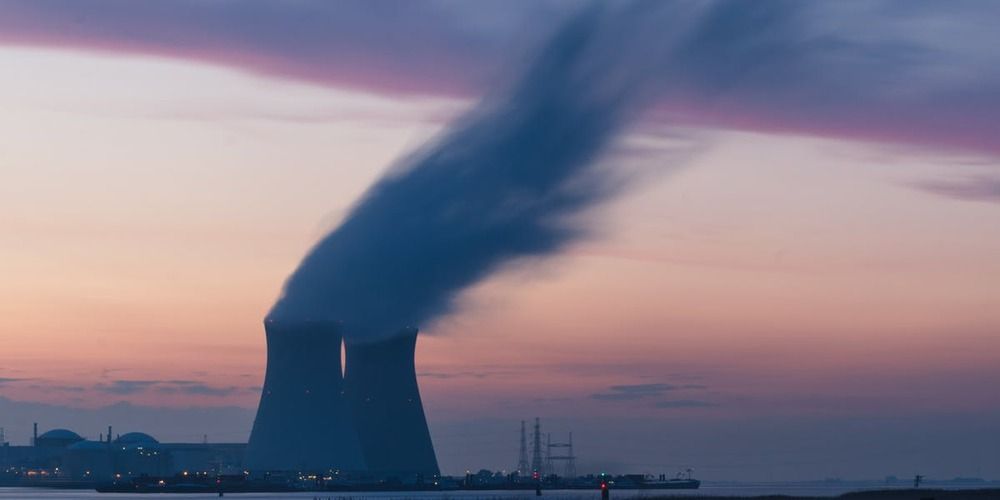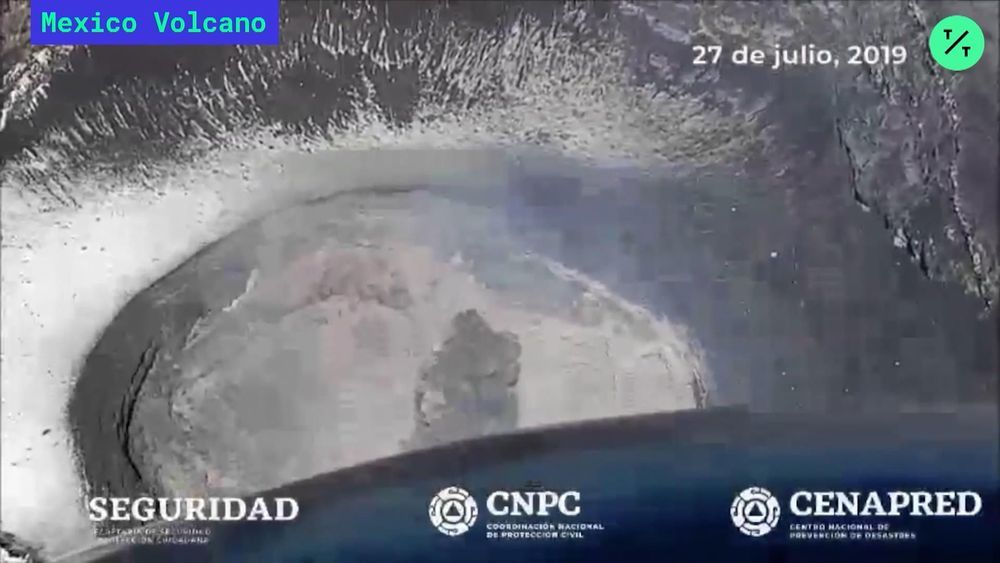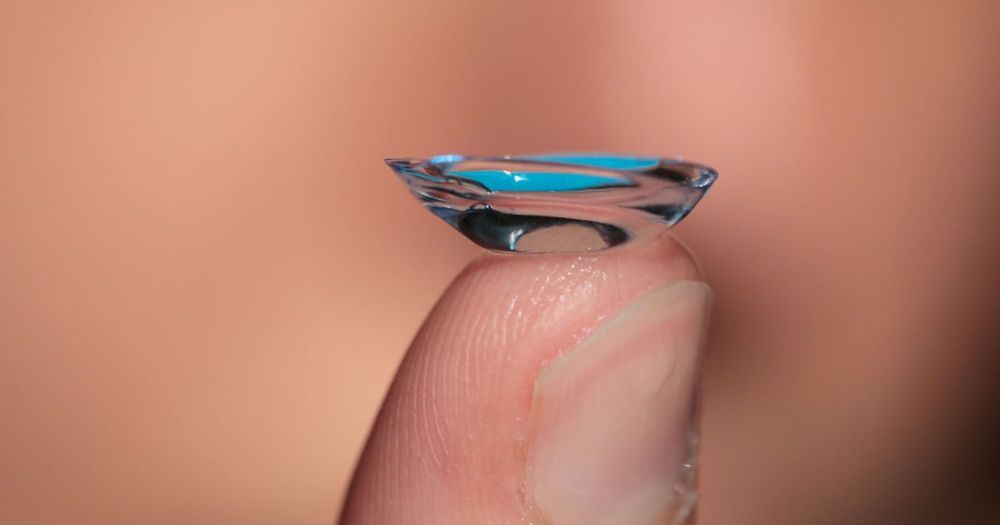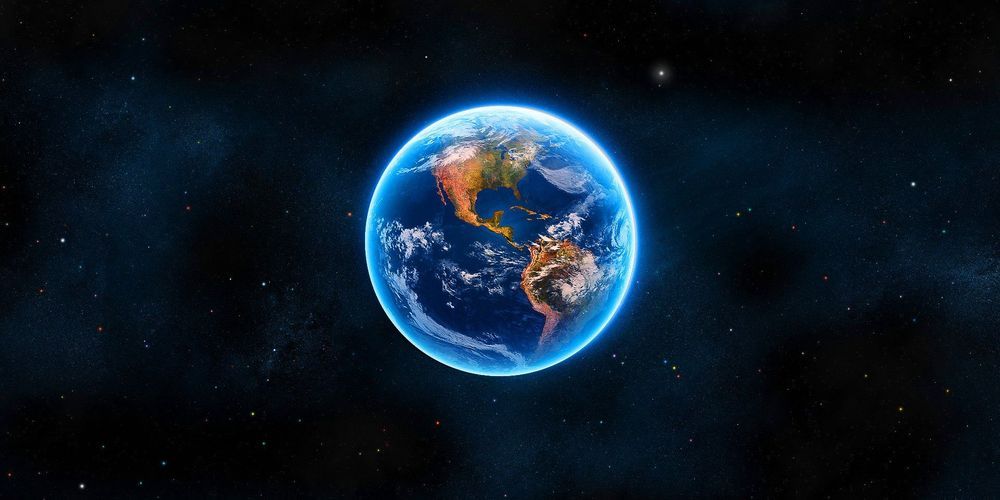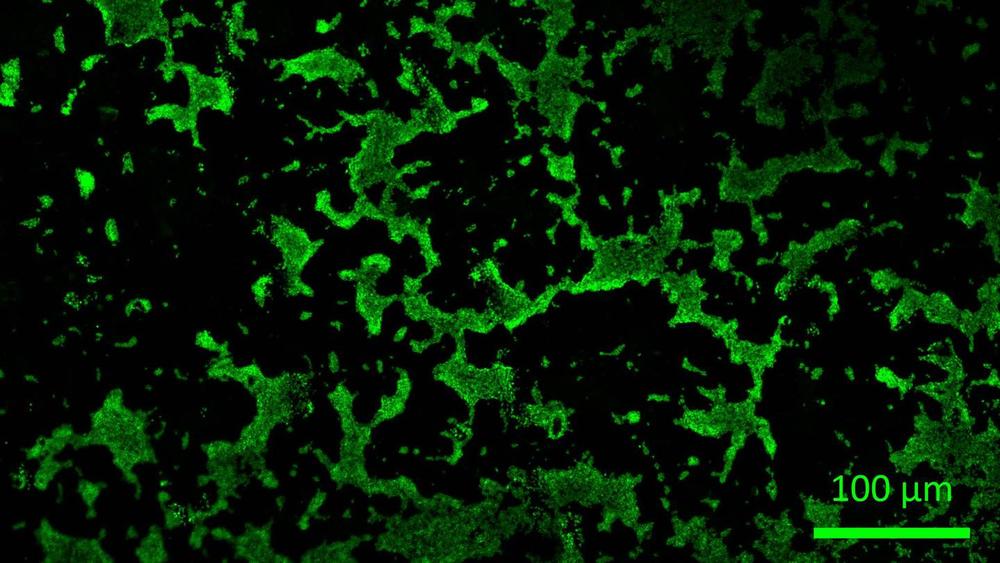An absolutely massive hole has formed in the upper atmosphere of the Sun, and our planet will align with that hole later this week. Once the alignment happens, Earth will be bombarded by a “solar storm”, and nobody is quite sure yet how bad it will be. If the storm is relatively minor, we could ju.
Category: futurism
Pete Ramon added a new photo
Posted in futurism
Nope, no spiders here. Electrospun nanofibers.
What would these engineered nanofibers look like draped over plants? Hmmm…
Construction progressing at fast clip at 1,210-acre Google site in Tahoe Reno Industrial Center just east of Reno-Sparks.
Future satellites could make their way deeper into space than ever before thanks to a new plasma-fueled thruster.
The new thruster, built by engineers at the Princeton Plasma Physics Laboratory, could open up a whole new realm of scientific research, according to a Princeton press release. That’s because the thruster could finally give the tiny satellites called CubeSats the ability to move between the upper and lower bounds of orbit — a spectacular leap toward comprehensive orbital infrastructure.
In October 2017, European officials reported that a cloud of the radioactive isotope ruthenium-106 had mysteriously wafted over the continent. Its likely source was in the southern Ural Mountains, near Mayak, the Russian nuclear facility involved in a deadly nuclear disaster in 1957. Strangely, Russia at first denied — but then acknowledged — there had been a surge of radiation. However, it rejected the idea that the surge was the source of the cloud. Now, scientists report in a new PNAS paper that they’ve narrowed down where it actually came from.
There were a number of hypotheses to explain the source of the cloud, which spread over most of Europe and even reached Florida, Guadeloupe, Kuwait, and Mongolia in tiny amounts. Fortunately, it was deemed non-hazardous.
Russian officials denied that Mayak, one of the country’s largest nuclear facilities, was the source of the ruthenium. In November 2017, Rosatom, the state company that runs Russia’s nuclear industry, pointed to high radiation in Italy, Romania, and Ukraine, suggesting they might have been the source. And in December of that year, Russian officials, reasserting that Mayak was not the source of the cloud, suggested the cloud might have come from a satellite that had burned up in the atmosphere. Other hypotheses arose, but scientists have lacked the evidence to support or reject them until now.
Mexico Volcano Erupts
Posted in futurism
Mexico’s #Popocatepetl volcano spews gas and ash into the air. Some 25 million people live about 60 miles (100km) from the crater (Source: TicToc)
-
-
 00:49.
00:49.
-
Scientists have modeled the jerks inside our planet’s core that cause magnetic north to go haywire. Accurate models of magnetic north inform our GPS.
The ESA BioRock space experiment was carried into orbit, bound for the International Space Station (ISS), on 25 July 2019 as part of the SpaceX CRS-18 mission. CRS-18 lifted off from Space Launch Complex 40 (SLC-40) at Cape Canaveral Air Force Station, Florida, aboard a Falcon 9 launcher. The experiment will investigate the growth of biofilms and their ability to extract minerals and use them as nutrients (biomining) in microgravity conditions. This will be directly compared with results obtained under Mars and Earth gravity conditions simulated using a centrifuge on the ISS. The findings will contribute towards a better understanding of the growth of microorganisms in space, which is also key to bioregenerative life support systems, the formation of biofilms and microbial ore extraction. In future, such processes could be used in the biomining of economically valuable chemical elements such as copper on other planets. The German Aerospace Center (Deutsches Zentrum für Luft- und Raumfahrt; DLR) is playing a key role in the experiment.
Three species of bacteria are being investigated in the BioRock experiment: Sphingomonas desiccabilis, Bacillus subtilis and Cupriavidus metallidurans. “Our research focuses on the organism Bacillus subtilis,” says Petra Rettberg from the DLR Institute of Aerospace Medicine. “We are curious to see how well this bacterium can extract nutrients from the minerals of the basalt that was inoculated with Bacillus spores for the space experiment.” Over the coming weeks, the experiment will be put into operation on the ISS and is expected to remain in space until the end of August 2019. The experiment will then return to Earth for analysis and evaluation, with the samples later being examined in the astrobiological laboratories at the DLR site in Cologne.
Biofilms are among the oldest visible signs of life on Earth and could also perhaps be found to be the earliest forms of life on other planets and moons in the Solar System. A biofilm is a structured community of microorganisms on a surface, encapsulated in a self-formed matrix made of extracellular polymeric substances (EPS). This EPS matrix holds the microorganisms together in their three-dimensional arrangement and enables the biofilm to adhere to surfaces. The properties of microorganisms living within a biofilm generally differ substantially from those of microorganisms of the same species existing independently. The dense environment of the film allows them to cooperate with one another, interact in many ways and protects these minute organisms from external influences. This means that microorganisms in biofilms are highly resistant to various chemical and physical effects and can be used for a range of applications in space.
